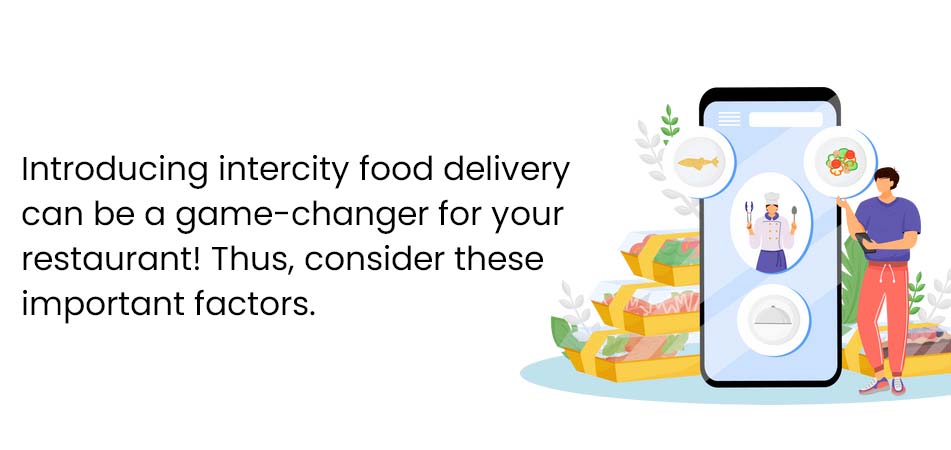5 Apr 2023
Intercity Food Deliveries is the New Experiment of the Industry: Here’s More!
Surbhi Bhatia
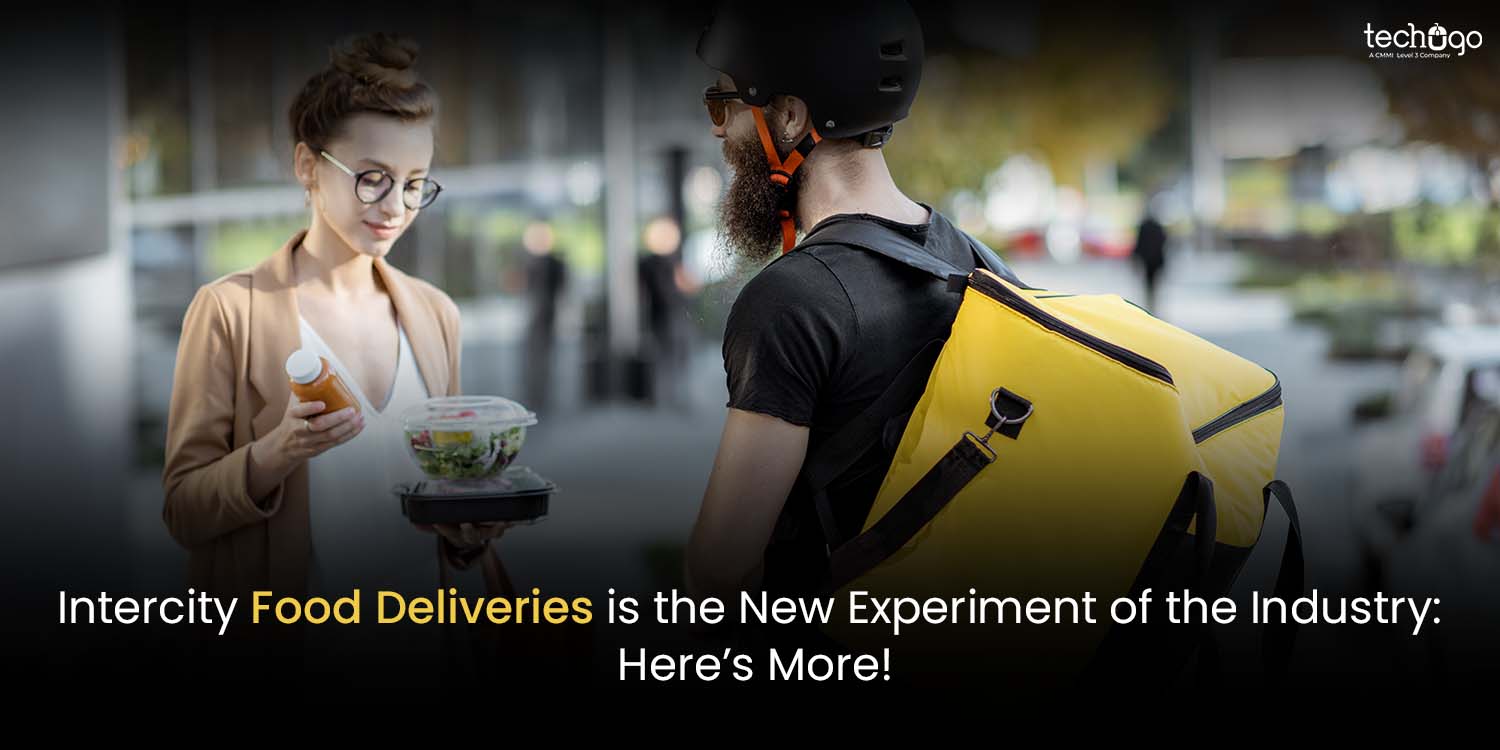
Online food delivery has become everyone’s preference in every corner of the world, and applications like Uber Eats, Zomato, and GrubHub are excelling at winning hearts. Indeed, food delivery is now at our fingertips 24/7, and anybody can satisfy their tastebuds in a jiffy!
All you need to do is use your favorite app to add food items to the cart, pay online, and the delicious meals will be on your table in a few minutes.
Let’s talk in figures- the food delivery app development market captured $339,257 million revenue in 2020. Also, it is expected that there will be more than 2644 million food delivery app users by 2027.
Also Read – Key Features of A Successful On Demand Food Delivery App Development
What do you think these figures depict? Undoubtedly, there’s no turning back, and the market will continue to rise in the upcoming years.
While it is an exceptional idea to digitize your restaurant business, customer demands are dynamic. They keep looking for something new and appreciate the uniqueness of businesses that offer them invaluable experience. Therefore, to meet the customer’s requirements, food businesses are now experimenting with intercity food delivery.
Jaw-dropping, isn’t it?
So, what is your idea of earning big? Let’s learn about the new trend in detail!
What is Intercity Food Delivery Service?
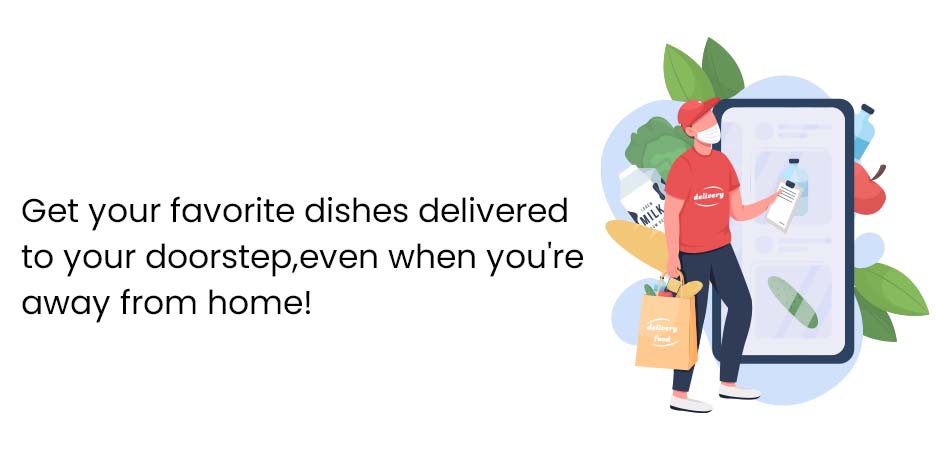
Are you craving a delicious bowl of Thai noodles from your favorite restaurant across the city? Why not take a taste of it?
BUT HOW?
The magic wand is right there in your hands- your smartphone! With restaurant businesses now supporting intercity food deliveries, you can order lip-smacking food from a different city that’ll be delivered to your doorstep.
Evidently, customers will have to pay the extra delivery charges apart from what the food costs, but they get to settle their cravings in return.
But how does the intercity delivery service work?
Well, the entire setup demands the availability of two parties- the seller and the consumer. It is vital for the food seller or the restaurant to be listed on a food delivery app that supports intercity deliveries. On the other hand, consumers should be willing to pay an extra amount for their favorite dish.
Sure, intercity food deliveries can be a blessing; however, it also comes with a number of challenges which is why the market has to be analyzed before stepping into the ecosystem. Continue reading to know!
Factors to Consider Before Introducing Intercity Food Delivery Mechanism
1. Food Packaging and Storage
Undoubtedly, food deliveries across the cities will take longer than usual deliveries. Thus, restaurants need to find a way to keep the food fresh, and the packaging has to be top-notch.
2. Logistics
Food delivery within the city is managed via two or four-wheelers, and the distance is short. On the other hand, intercity food deliveries will lead to an increase in logistics costs and other additional expenses.
3. Real-Time Package Tracking
While customers can keep an eye on food deliveries that take place within the city, it might become challenging to track the intercity deliveries.
4. No Food Replacement
Usually, customers get their food replaced if there’s an issue with the order. However, with long-distance restaurants, more resources and expenses may add.
5. Intercity Food Delivery App Development
One of the most crucial things for a food joint is to emphasize restaurant app development or get itself listed on the aggregator’s app that offers the service.
What are the Benefits of Intercity Food Delivery?
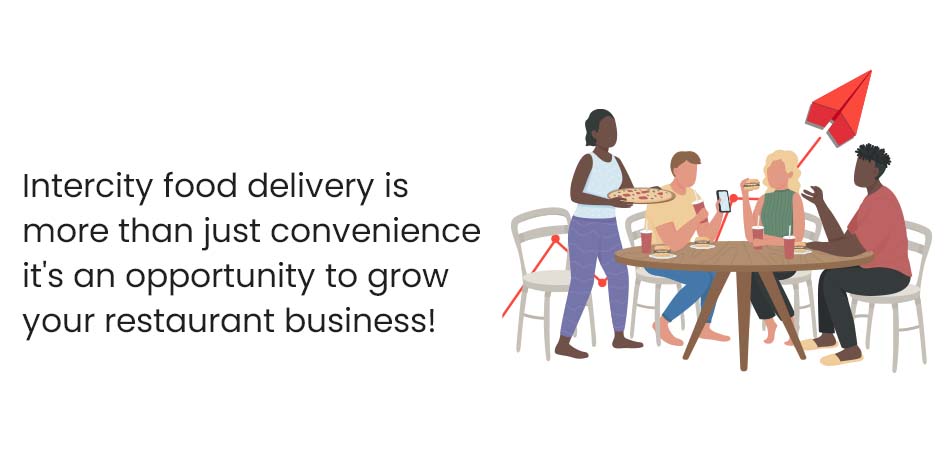
It’s time to take a look at the brighter side; thus, here are the benefits of developing an intercity food catering application:
1. Solid Consumer Base
Indeed, it is convenient for people of one city to order from the other when they are missing a place. Since it is an exceptional business model and eliminates the fear of missing out, it is likely to attract a large customer base to experience the new.
2. Boosted Popularity
Intercity food delivery services allow all big and small restaurants to get themselves listed to fulfill their customer’s demands. Therefore, it enables them to acquire the limelight that might make them popular in other cities.
3. Exposure to Variety
Using an app that allows intercity food delivery will enable app users to try a variety of dishes and cuisines they have always wanted.
4. Enhanced Sales
Imagine a food restaurant getting orders from different cities. Thus, it is likely to earn higher revenue!
Key Trends That’ll Shape the Food Delivery Industry
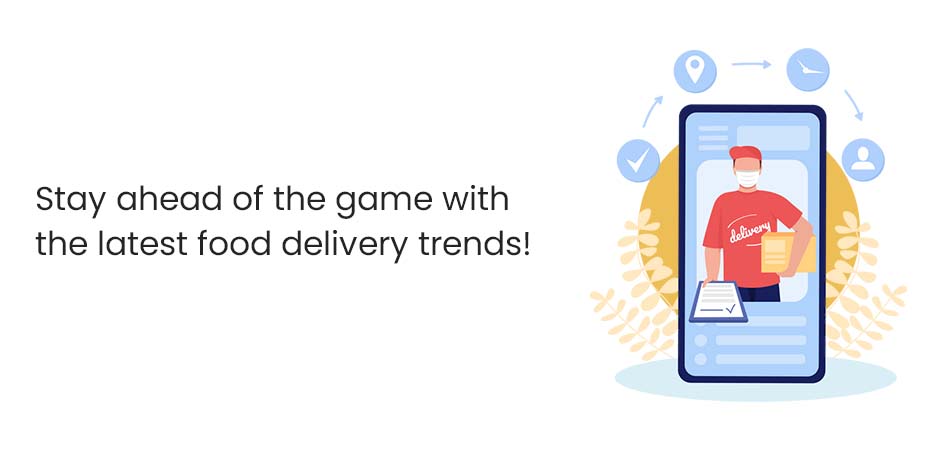
Now that you’ve started to think seriously about the food delivery app trend, it is significant to keep hold of the following trends:
1. Changes to Commission Rates
Changes to commission rates have a huge impact on the food delivery ecosystem as app owners make money by charging a certain percentage of the meal price from the restaurant.
Therefore, the commission rates vary depending on a city or a state!
2. Geographic Clash
While building your food app, it is essential to keep the geographic clashes in mind. Intercity food deliveries are one of the most trending and unique business models that will end the war.
3. Driver Benefits
An issue worth highlighting is the driver’s compensation and their benefits. Notably, a number of food chains prefer hiring on-demand drivers for flexibility and dependence on their schedules.
The Department of Labor is contemplating a significant change by reclassifying third-party delivery drivers as employees, which could potentially have a significant impact on operational costs for companies. Currently, hiring drivers as independent contractors absolves organizations of the responsibility of providing customary benefits. However, if the reclassification goes through, drivers would be deemed employees and would be entitled to receive minimum wage and other employment benefits.
Therefore, it is vital to stay informed and keep abreast of the situation, as it may require the development of a new business model to ensure profitability.
4. Social Media
The fact is not hidden that social media has a massive influence on every industry, and the food industry is one of them. Therefore, businesses must be able to recognize opportunities being offered by social media to make the best of them.
Most Popular Monetization Strategies Adopted By a Food Delivery App
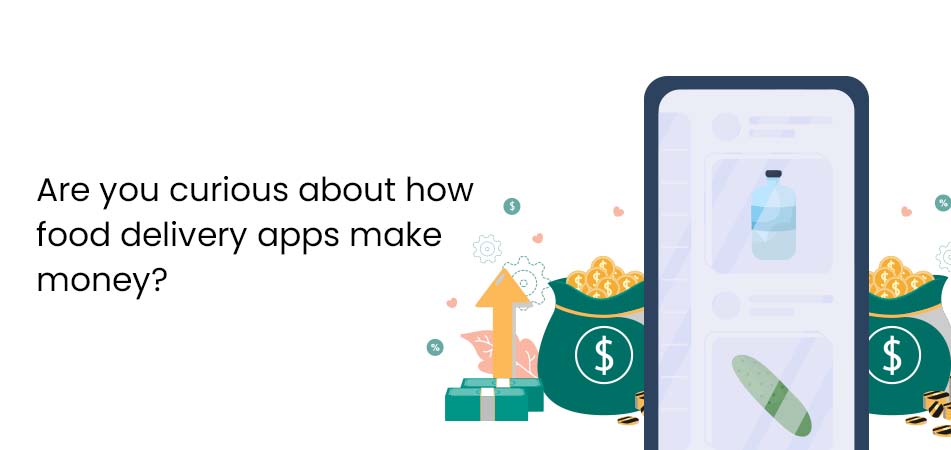
Are you all set to talk about money matters? Sure, there are a number of ways for food delivery apps to earn revenue; however, listed below are the four top-notch monetization models you may adopt for your digital services:
1. Delivery Fees
Application of delivery charges is a common method of these apps to earn money, and the model is incorporated with apps that look after both- orders and deliveries. For instance, Uber Eats.
Customers place their food orders within the app, and furthermore, they are charged a delivery fee for the same. While some applications charge a fixed delivery fee, others tend to calculate the distance and add an amount.
2. Advertisements
Delivery apps also incorporate advertisements in their platform that ensure additional income. This model allows restaurants to feature in the most-searched list or suggestions in exchange for a fee. Therefore, it helps attract a solid customer base for a restaurant.
3. Commissions
Another robust monetization model incorporated by app owners is the commission system that charges a commission to the restaurants for each order placed via the app.
4. Subscriptions
Do you want to add extra to the incoming income? Well, subscriptions are the way to go! A subscription is a premium version for which customers pay a fixed amount to enjoy its benefits like free delivery, extra discounts, etc.
What is the cost to develop a food delivery app?
After everything has been planned, finally it’s time to talk about the investment that a food delivery app development would take. Therefore, the cost to develop a food delivery app depends on a number of factors, such as:
– Choice of the platform: Android, iOS, or other
– Number of features integrated within the app
– Tech stack used
– Complexity of the project
– Developer’s cost
ETC!
To Sum Up!
Indeed, there’s a lot to explore and experiment with while planning to develop a food delivery app. Thus, business leaders can add to their digitization journey by unveiling new modes of excitement for their customers by incorporating trends like intercities food delivery.
So, what are you waiting for?
Schedule your first consultation with Techugo- a leading food delivery app development company, for further assistance on your ideation.
Get in touch.
Write Us
sales@techugo.comOr fill this form













